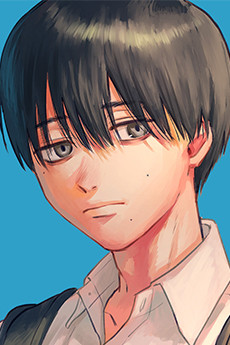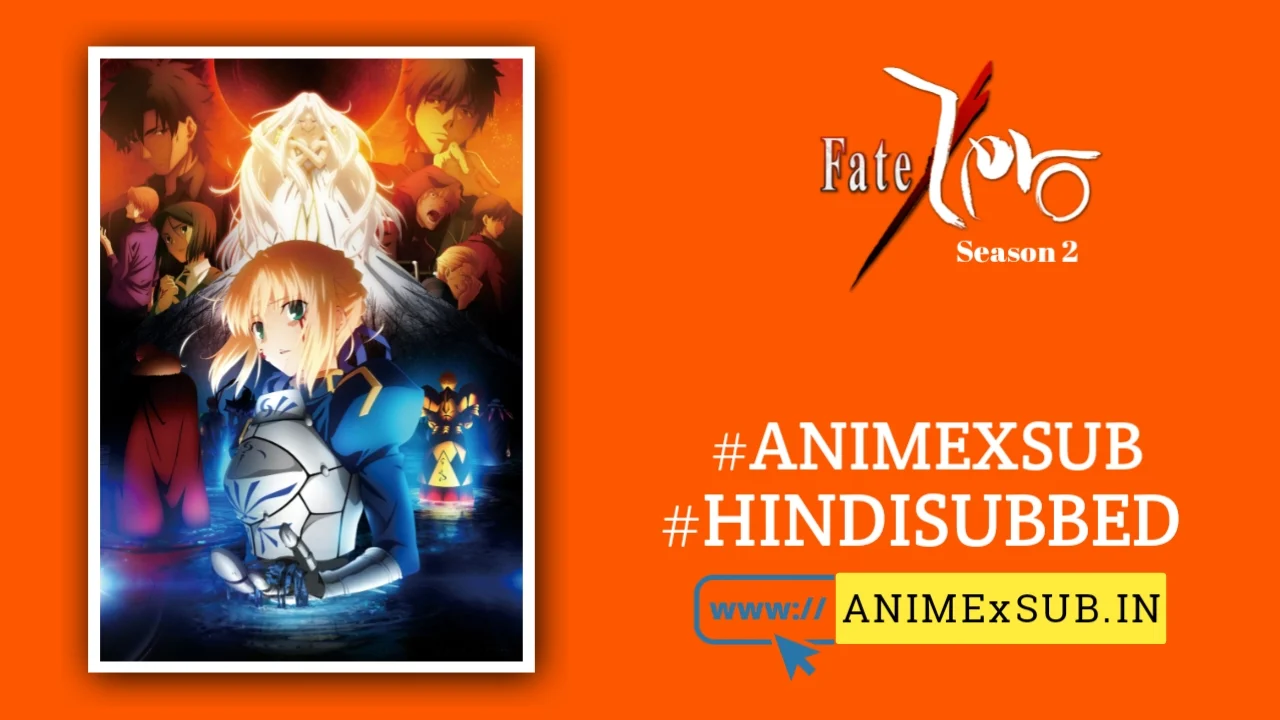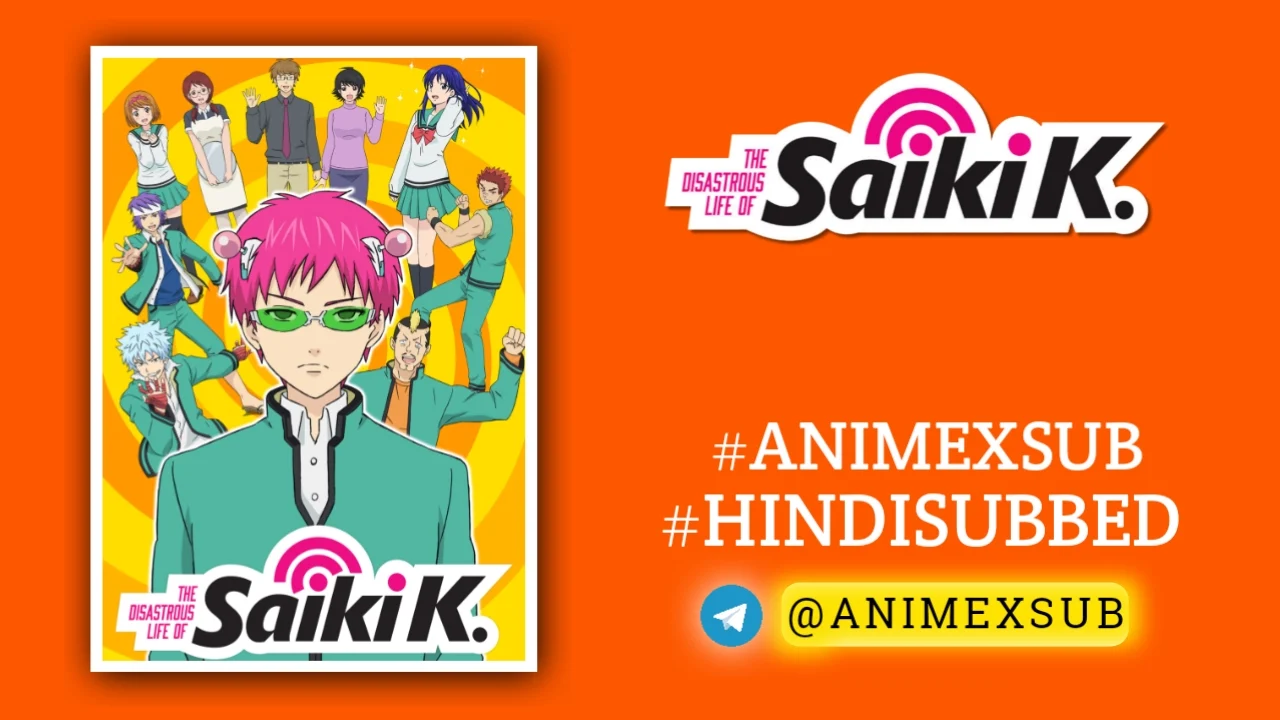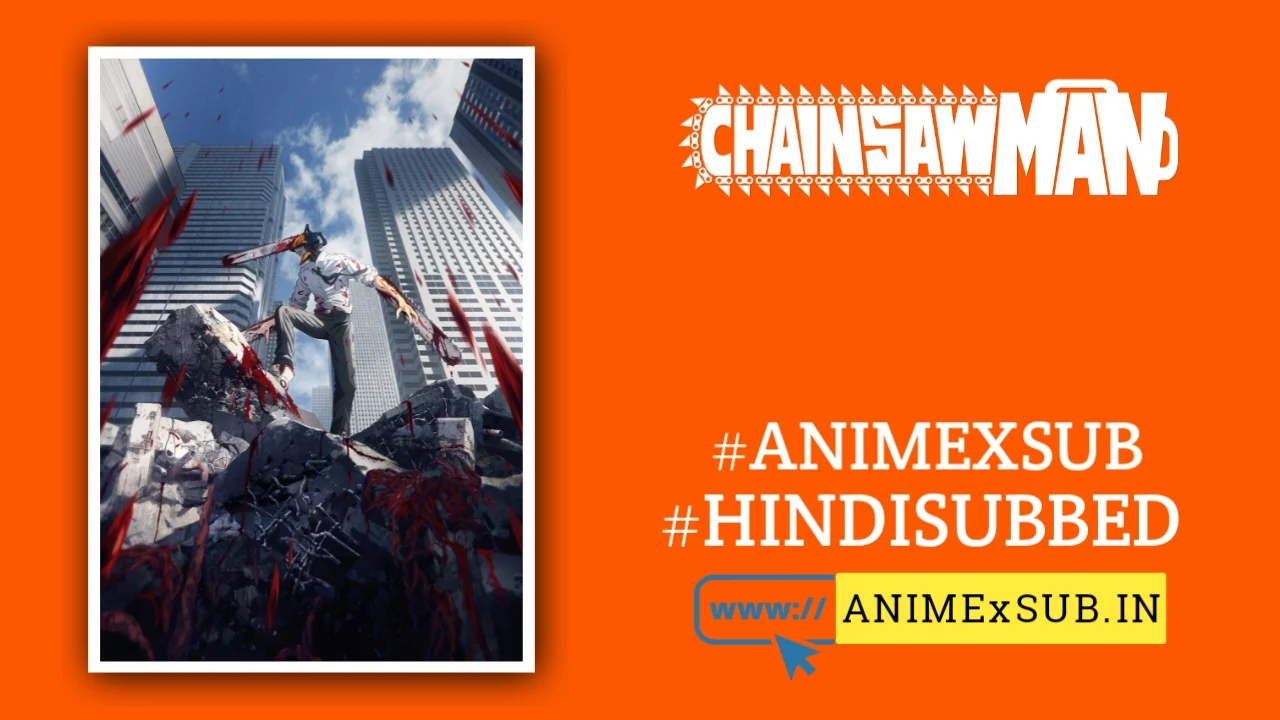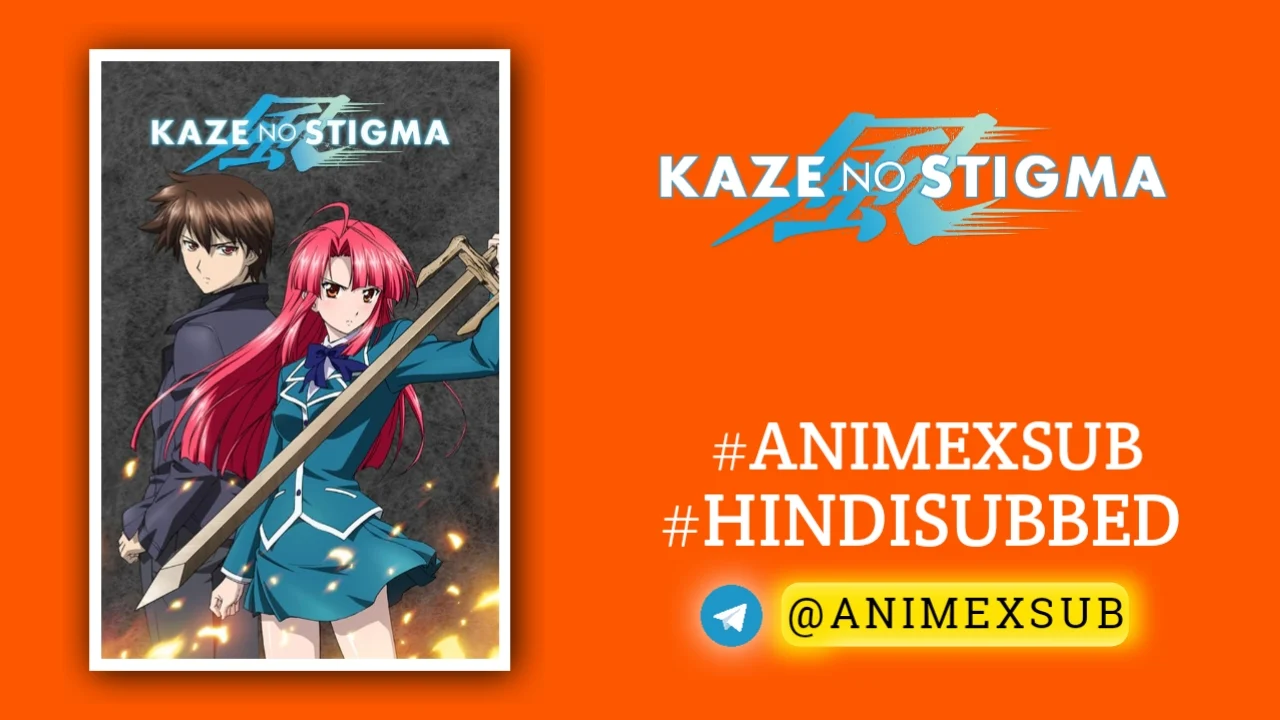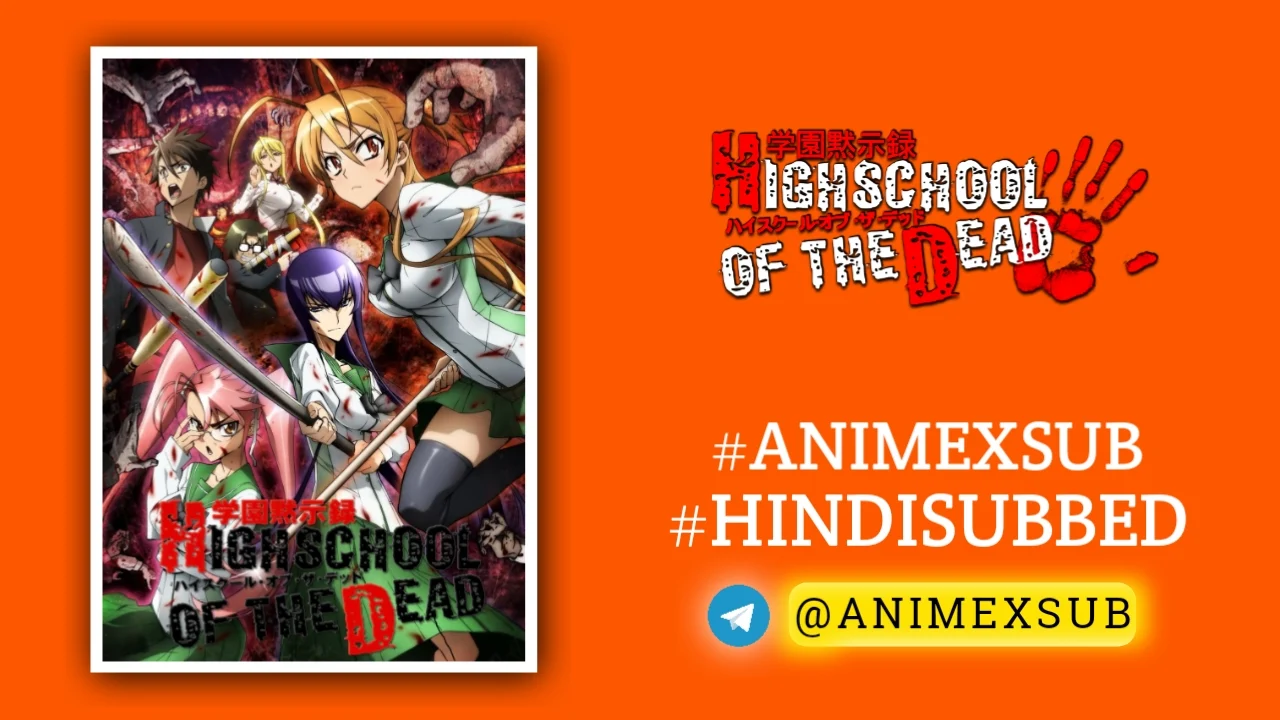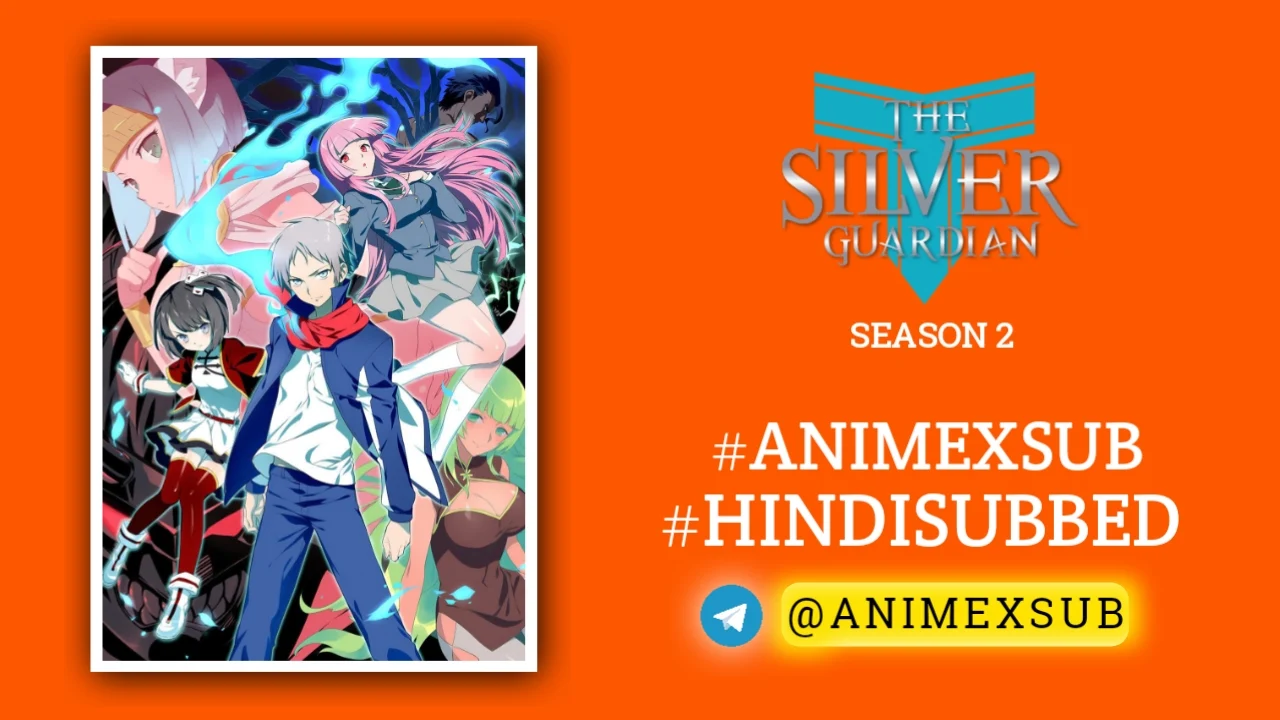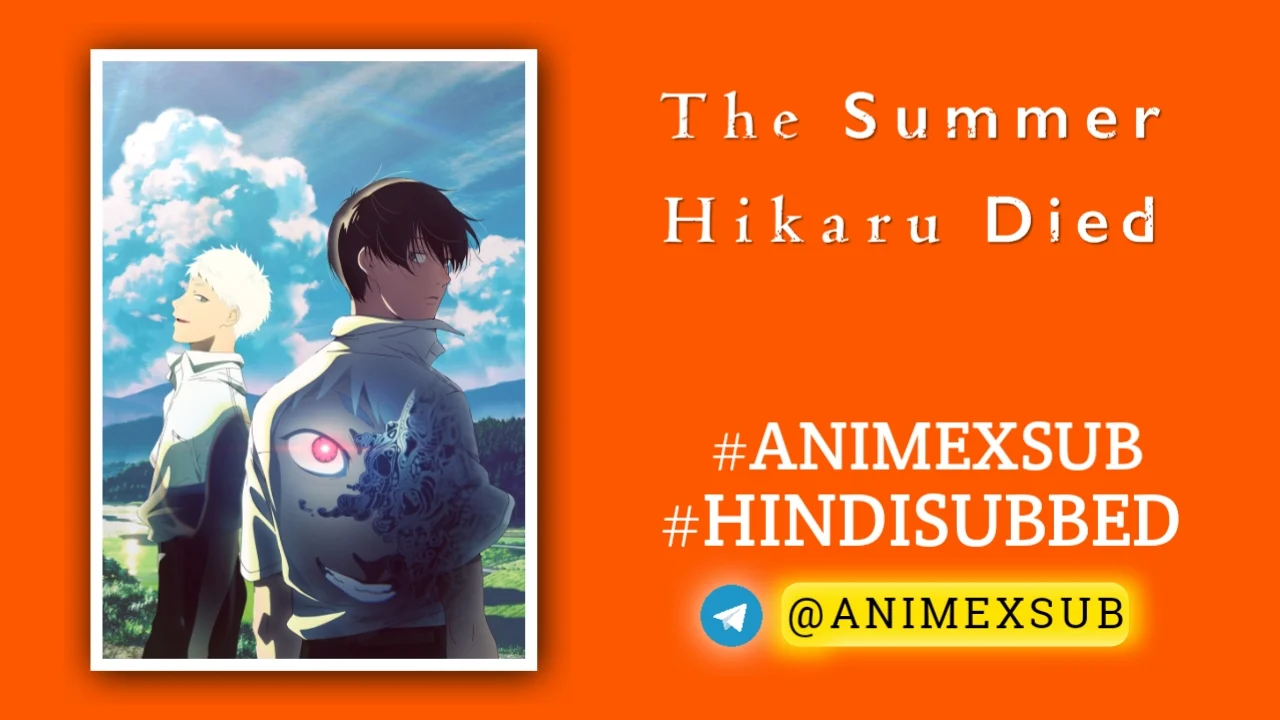
The Summer Hikaru Died Hindi Subbed [07/12] | Hikaru ga Shinda Natsu Hindi Sub!!

Hikaru ga Shinda Natsu
The Summer Hikaru DiedSynopsis
Two best friends living in a rural Japanese village: Yoshiki and Hikaru. Growing up together, they were inseparable… until the day Hikaru came back from the mountains, and was no longer himself. “Something” has taken over Hikaru’s body, memories, feelings… and everything they know begins to unravel. (Source: Netflix)
Watch Trailer
Characters
The Summer Hikaru Died Season 1: A Haunting Masterpiece of Grief, Identity, and Supernatural Horror
The Summer Hikaru Died Season 1, adapted from Mokumokuren’s acclaimed manga and brought to life by CygamesPictures, is a tour de force in anime storytelling, blending rural horror, psychological depth, and queer coming-of-age themes into an unforgettable narrative. Premiering on Netflix in July 2025, this 12-episode series redefines the boundaries of the horror genre by weaving an intricate tapestry of grief, identity, and the unsettling allure of the unknown, set against the oppressive heat of a rural Japanese summer. Below, we explore why this anime stands as a groundbreaking work, delving into its narrative, themes, characters, and technical brilliance without resorting to promotional fluff—focusing purely on its artistic and emotional impact.
A Narrative That Grips and Unsettles
At its core, The Summer Hikaru Died is a story about loss and the lengths we go to hold onto what’s gone. The series follows Yoshiki Tsujinaka, a teenager in a remote Japanese village, who discovers that his childhood best friend, Hikaru Indo, has been replaced by an eldritch entity after a fatal hiking accident. This “Hikaru” looks, speaks, and remembers like the original, but Yoshiki knows the truth: his friend is dead, and something otherworldly now inhabits his body. The narrative unfolds as Yoshiki grapples with his grief, navigating a fragile coexistence with this entity while supernatural disturbances ripple through their village.
Unlike traditional horror anime that lean on jump scares or gore, The Summer Hikaru Died thrives on psychological tension and emotional resonance. The first episode, “Replacement,” sets the tone by revealing the entity’s existence within minutes, eschewing a slow build for a gut-punch confrontation that establishes the series’ fearless pacing. Each episode layers dread with slice-of-life moments—eating ice cream, attending summer festivals, or bantering with classmates—creating a jarring contrast that amplifies the horror. This juxtaposition of the mundane and the grotesque is the series’ secret weapon, making every ordinary scene feel like it’s teetering on the edge of collapse.
The narrative doesn’t just focus on horror; it’s a meditation on human connection. Yoshiki’s decision to accept the entity, despite its alien nature, stems from a mix of grief, loneliness, and unspoken love, raising profound questions about what it means to hold onto someone who’s gone. The series also introduces a rich supporting cast, like Asako, whose spiritual sensitivity adds a new dynamic in Episode 6, and Kurebayashi, a compassionate adult who offers Yoshiki a lifeline. These characters ground the supernatural elements in human stakes, making the horror feel deeply personal.
Thematic Depth: Grief, Queerness, and Otherness
The Summer Hikaru Died is as much a coming-of-age story as it is a horror tale, exploring themes rarely tackled with such nuance in anime. Grief is the emotional core, portrayed not as a singular event but as a persistent, suffocating weight. Yoshiki’s internal struggle—mourning the real Hikaru while clinging to the entity—resonates universally, capturing the human tendency to preserve memories at any cost. The series’ depiction of grief is raw and unglamorous, with moments like Yoshiki crying alone in his bedroom striking a chord for their simplicity and honesty.
The queer subtext (and at times, explicit text) elevates the series into uncharted territory. Originally conceived as a boys’ love story, the anime retains a complex emotional intimacy between Yoshiki and “Hikaru.” Their relationship teeters between friendship and something deeper, with scenes like “Hikaru” confessing his affection or Yoshiki reaching into the entity’s chest in Episode 2 layered with romantic and horrific undertones. This exploration of queerness in a conservative rural setting feels revolutionary, portraying the characters’ bond as both a source of comfort and a dangerous obsession. The series uses the entity as an allegory for otherness, reflecting the isolation of being different in a small town—a narrative that resonates powerfully with queer audiences.
The supernatural elements, tied to village lore about “Nounuki-sama” and other eldritch beings, serve as metaphors for societal repression and fear of the unknown. The entity’s desire to experience human emotions, like love and joy, contrasts with the villagers’ fear of it, creating a layered commentary on acceptance and prejudice. This thematic richness ensures the series transcends genre conventions, offering something profound for viewers who look beyond the surface.
Characters That Breathe and Break
Yoshiki, voiced by Chiaki Kobayashi, is the emotional anchor, his performance capturing the character’s anguish with gut-wrenching authenticity. His tall frame, dark hair, and perpetually sad eyes reflect a seriousness that contrasts with “Hikaru’s” bright, carefree demeanor, brought to life by Shūichirō Umeda’s nuanced voice acting. The entity’s innocence—eating snacks, blushing, or marveling at human experiences—makes it both endearing and terrifying, blurring the line between monster and friend.
Supporting characters like Asako, who gains depth in Episode 6 with her supernatural abilities, and the mysterious Tanaka, who investigates the village’s disturbances, add complexity without overshadowing the central duo. The villagers, from gossiping elders to Yoshiki’s sister, ground the story in a tangible sense of community, making the supernatural intrusions feel all the more invasive.
Technical Brilliance: Atmosphere and Artistry
CygamesPictures delivers a visual and auditory experience that’s nothing short of stunning. Director Ryōhei Takeshita, who also handles storyboarding and scripting, crafts a sweltering, claustrophobic atmosphere that mirrors the characters’ emotional turmoil. The animation isn’t flashy but deliberate, using low angles, obscured faces, and muted colors to evoke unease. Scenes of body horror, like “Hikaru’s” partial transformations, are grotesque yet beautiful, blending modernist and psychedelic visuals that linger long after the episode ends.
The sound design is equally masterful, with cicadas, chirping birds, and abrupt silences creating an oppressive soundscape that enhances the horror. The background music, paired with vivid ambient sounds, immerses viewers in the sticky heat of summer, making every moment feel alive and unsettling. While some reviews note the animation quality feels slightly dated, the character designs and emotional expressions are universally praised for their fidelity to Mokumokuren’s manga and their ability to convey complex emotions.
A Cultural and Emotional Landmark
The Summer Hikaru Died Season 1 is a rare anime that balances horror, heart, and social commentary with unparalleled finesse. Its exploration of grief, queerness, and the human condition, set against a backdrop of rural Japanese folklore, feels both timeless and urgently relevant. The series doesn’t shy away from uncomfortable questions—What does it mean to love someone who’s no longer human? How do we reconcile loss with the desire to hold on?—and it answers them with a narrative that’s as haunting as it is heartfelt.
With only three episodes available at the time of some reviews, the series has already been hailed as a masterpiece for its emotional depth and atmospheric execution. Its ability to blend slice-of-life intimacy with eldritch horror makes it a standout in the 2025 anime season, appealing to fans of psychological horror, queer narratives, and coming-of-age stories alike. As the series progresses, its tightening grip on Yoshiki’s psyche and the village’s secrets promises even greater revelations, making it a must-watch for anyone seeking a story that challenges, terrifies, and moves in equal measure.
Download Links
Quality: FHD [1080p]
Quality: HD [720p]
Quality: SD [480p]
Quality: Backup Link!
Support Our Anime Community!
Love watching the latest anime? Help us keep uploading new episodes by join telegram channel ❤️
Join Now!